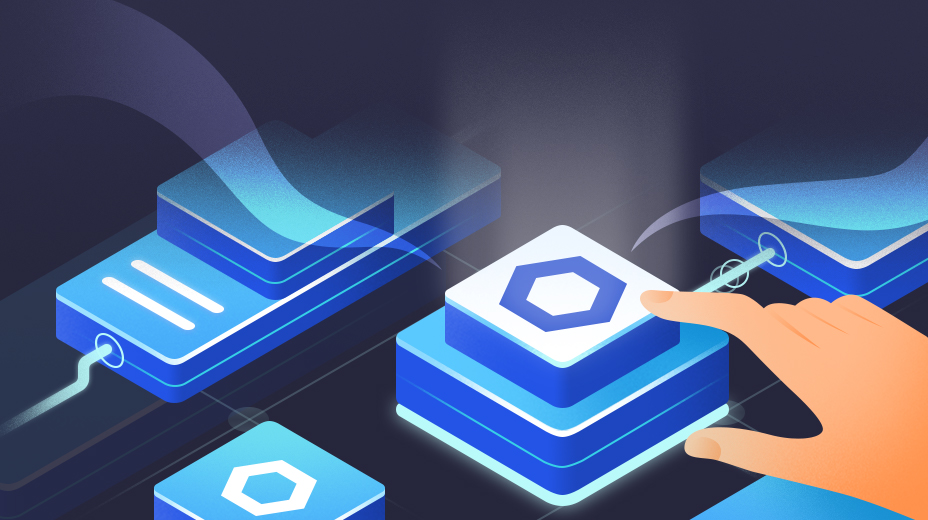暗号マイニング入門
このレッスンでは、暗号マイニングとは何か、暗号通貨にとってマイニングが重要である理由、およびマイニングプロセスの概要を説明します。
2009年、ビットコイン最初のプルーフオブワーク(PoW)暗号通貨になりました。 最初は、ビットコインを「マイニング」するための家庭用コンピューターだけでした。 増大する需要に対応するためにテクノロジーが進歩するにつれて、自宅のPCでの暗号通貨マイニングは多くの人にとって可能になりました。 より良い機器の使用により、採掘手順の有効性は長年にわたって増加しています。
このレッスンでは、暗号マイニングとは何か、暗号通貨にとってマイニングが重要である理由、およびマイニングプロセスの概要を説明します。
暗号マイニングとは
暗号愛好家なら誰でも、過去数年間にこれらのデジタル通貨をマイニングする人々について聞いたことがあります。 暗号マイニングは、マイニング中につるはしのハンドルを握るタフな手を含みません。 一方、コンピュータプロセッサは、それらを介して作業することによって最も努力するプロセッサです。
ブロックチェーンネットワーク上のトランザクションを検証するプロセスは、困難な数学的問題を解決することにより、高度なコンピューター技術を使用して、ビットコインやMoneroなどの暗号マイニングとして知られています。 彼らの努力の見返りに、鉱夫は新しく造られた暗号通貨ユニットで報われます。 不正なトランザクションを回避し、各トランザクションが複数のネットワークノードによって検証されるようにすることで、この手順はネットワークの整合性を維持するのに役立ちます。
マイナーはこれらの数学的パズルの解決策を見つけるために競争し、解決策を理解した最初のマイナーは一定量の暗号通貨を受け取ります。 マイナーは、この報酬を受け取ることで、トランザクションを検証し、ネットワークのセキュリティを維持し続けることが奨励されています。 暗号通貨のマイニングの難易度は時間とともに増加し、複雑な数学的問題を解決することに対する報酬は減少します。 採掘の難しさはますます競争が激しくなり、資源集約的になっています。 暗号通貨の報酬を獲得する可能性を最大化しようとする鉱夫は、多くの場合、専用のハードウェアとソフトウェアを使用します。
続きを読む: 暗号マイニングとは何ですか?
暗号通貨にとってマイニングが重要な理由

なぜこれらのデジタル通貨をマイニングする必要があるのか 疑問に思うかもしれません。 マイニングは、暗号通貨ネットワークの整合性とセキュリティを維持する上で重要な役割を果たします。
暗号通貨にとってマイニングが重要である理由はさまざまです。
トランザクションの検証: ネットワーク上のトランザクションの検証は、マイニングに大きく依存しています。 トランザクションを検証し、ブロックチェーンの新しいブロックを生成するために、マイナーは挑戦的な数学的パズルを解くために競争します。
分散コンセンサス: マイニングのプロセスは、ネットワークのノードがブロックチェーンの現在の状態に同意できるようにする分散型コンセンサスメカニズムの開発に貢献します。 二重支出やその他の種類の詐欺は、このコンセンサス方法の助けを借りて回避できます。
新しいコインの作成: さらに、マイニングは、新しいコインを作成し、彼らの労働の賞品としてマイナーに配布するために重要です。 これにより、マイナーはトランザクションの検証とブロックチェーンへの新しいブロックの追加を継続し、ネットワークのセキュリティと安定性に貢献します。
ディセントラリゼーション: マイニングは、暗号通貨ネットワークの分散型の性質を維持するのに役立ちます。 十分な処理能力を持つ人なら誰でもマイニングに従事できるため、中央当局による集中管理がなく、検閲を回避し、透明性を促進するのに役立ちます。
一般に、マイニングは暗号通貨エコシステムの重要な要素です。 マイニングがなければ、暗号通貨は、ユーザーがピアツーピア方式でデジタル資産と取引できるようにする分散型で安全なネットワークを運用することはできません。
続きを読む: ブロックチェーンコンセンサスアルゴリズムとは何ですか?
マイニングプロセスの仕組み
ビットコインのような暗号通貨の場合、マイニングプロセスでは、前述のように、強力なコンピューターを使用して困難な数学的パズルを解く必要があります。 それがどのように動作するかについての簡単な説明があります:
ネットワークにはトランザクションが通知されます。 トランザクション要求が発行されると、暗号通貨でサポートされているノードのネットワークは、それらをブロードキャストすることによって警告されます。
トランザクションの検証: ネットワークのノードは、送信者がトランザクションを完了するのに十分なビットコインを手元に持っているかどうか、二重支払いではないかどうかなどをチェックすることにより、トランザクションが正当であることを確認します。
トランザクションはブロックにグループ化されます。 有効なトランザクションのブロックはグループに収集され、ブロックチェーンに追加されます。
鉱夫は暗号パズルを解くために競争します: マイナーは、ブロックチェーンに新しいブロックを追加するために、困難な暗号化ジョブを解決するために競争します。 マイナーは、多くの処理能力を必要とするため、特殊なハードウェアを使用して必要な計算を管理します。
パズルを解いた最初の鉱夫が解決策をブロードキャストします。 暗号パズルを完成させた鉱夫は、答えをネットワークにブロードキャストします。 新しいブロックは、他のマイナーがソリューションが正確であることを確認した後、ブロックチェーンに追加できます。
鉱夫は暗号通貨で報われます: 一定量の暗号通貨(この場合はビットコインなど)は、ブロックチェーンに新しいブロックを正常に追加することに対する報酬としてマイナーに報酬が与えられます。
このプロセスが繰り返されます。
続きを読む: BTCマイニングとは何ですか?





